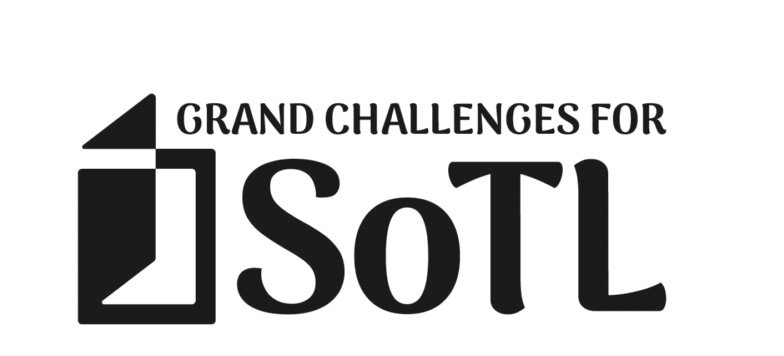An introduction acts as the "first impression" of an essay. An introduction provides sufficient detail to interest the reader without developing the main points, preparing the reader for an explanation of these points.
An effective introduction will usually include the following six elements:
General opening sentence
Context
Main issue
Thesis statement
Mapping scheme
Explanation of importance
These six elements form an effective introduction because every essay needs to be approached differently based on its topic and length requirement. Although this structure is not an exact formula, it does provide a helpful guideline that may be adapted to meet particular essay requirements.
General Opening Sentence
An introduction's opening sentence should grab a reader’s attention with a general statement that is directly related to the main topic of the essay. General opening statements such as “Since the beginning of time...” or “In the history of the world....” are to be avoided because they are too vague to beinformative. For example, does the “beginning of time” relate to the creation of the Earth, the beginningof the human race, the beginning of recorded time, or something else?
In addition, the opening statement should not be too extreme, as in “Shakespeare was the greatest writerin the history of the world.” Academic writing attempts to be as valid as possible, and it is difficult to support an extreme or absolute position because there is an exception to almost any rule.
Words and phrases such as everything, nothing, everyone, no one, always and never usually indicate an absolute position.
Example of an effective opening sentence:
“Seventeenth-century Europe gave rise to changing views of the role that humans play in the world.”
The statement refers to a particular century, place, and topic, yet it is still broad enough to provide a general opening to the essay.
Context
After providing a general opening statement, context must be provided to familiarize the reader with any background information necessary to understand the topic in the sentences leading to a thesis statement. An introduction must be written so that anyone can read and understand the topic.
Context may include:
A time period being analyzed
A particular theory being applied to a situation
A people or text being studied
A type of research being conducted
Main Issue
The main issue is not the same as the thesis statement; the main issue is the topic, position, or stance of the thesis statement.
The reader should now understand that the essay will discuss something about the overall chosen topic, although the particular stance the writer will take on this topic is still unknown.
Thesis Statement
A thesis statement is the sentence (or couple of sentences) in an essay that tells the reader what the overall argument is. An effective thesis statement should meet the following criteria:
Contain an argument (take a stance or position on the main issue)
Be narrow
Be specific
Be reasonable
Example of an effective thesis statement:
“Even though Hobbes argues that society’s conventions and rules are created by the collective experienceof society, his arguments in Leviathan demonstrate that he does not actually believe in the idea of community.”
Mapping Scheme
A mapping scheme is an outline of the supporting evidence or data (also called subtopics) that are covered in an essay, each of which contribute to support the thesis statement.
The mapping scheme should be specific and written in the same order that the subtopics are presented in the paper. This method allows readers to see the path they will travel as the writer attempts to persuade them of his or her point of view.
Example of an effective mapping scheme:
“This lack of community is highlighted by Hobbes’ arguments about man’s nature, the social contract, and absolute monarchy.”
Sometimes, however, the thesis statement will be more complex, or the mapping scheme will require more detail, and should be separated to maintain clarity.
Explanation of Importance
A strong university-level introduction will also include an explanation of the importance of the topic. This explanation should answer the question “so what?” justifying the academic importance of the paper and, thus, why the reader should spend time reading the paper.
When addressing this question, consider how the main issue is clarified, resolved, or furthered by the essay, or what future action could be taken as a result of the essay.
Practice ↓
- Within the introduction, the statement of importance:
a. Explains the importance or significance of an argument
b. States the obvious and is therefore not really necessary
c. Explains how an argument will be proved
- What is missing from this introduction?
"In Bones of Contention: Controversies in the Search for Human Origins, Roger Lewin (1977) quotes Matt Cartmill as saying "the importance of our science lies in its effects on our worldview – on the way people think of themselves and the universe and their place in it" (p. 302). However, this process is actually a two way street: our worldviews shape our science, and in turn our science affects our worldviews. The role of biological anthropology is to provide as many facts as possible, so the myths we use to explain our place in nature are at least grounded in truth. Therefore, scientists must be aware of their own worldviews and take care to critically evaluate their own work as well as the work of others. Only in this way will biological anthropology be able to provide the truths that it seeks."
a. A general opening sentence.
b. A thesis statement.
c. A mapping scheme.
d. A statement of importance.
- True or False? All introductions should use the same structure.
Answers ↓
- a)
- c)
- False





















